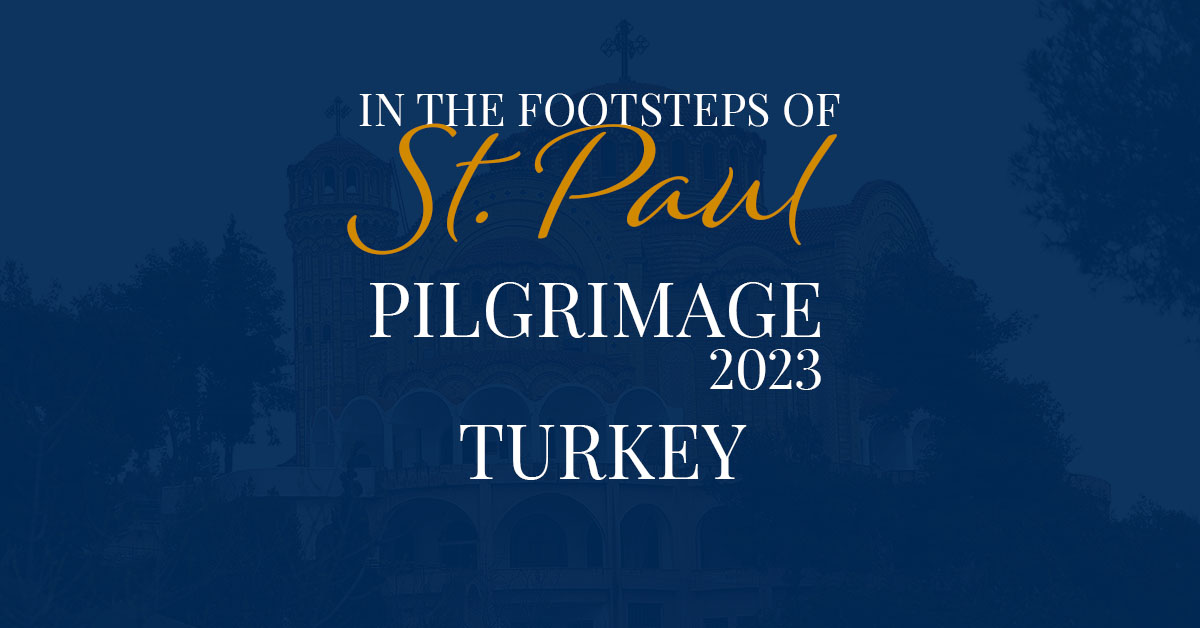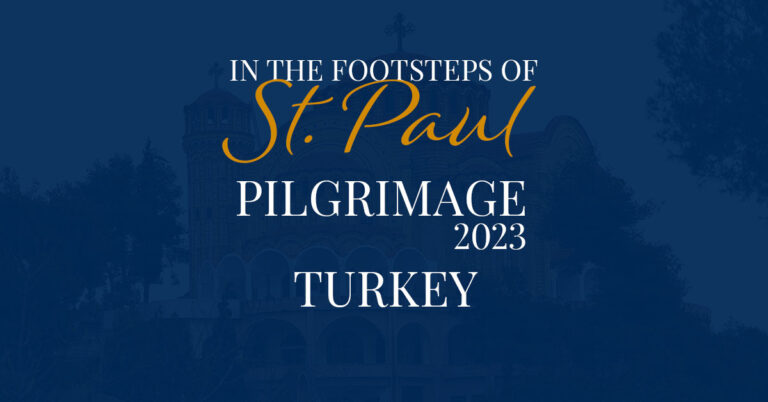The Ancient Homes of Saints
When we were boarding our flight in Chicago to start our pilgrimage, there was an American there who asked about my USML hat. When I told him it was for Mundelein Seminary, he asked if we were going to be priests. I then told him we were going on pilgrimage to follow St. Paul. He asked, “Who’s St. Paul?”
Tuesday, we flew to south-central Turkey, entering the continent of Asia and visiting the first of our actual Pauline sites. We went to Tarsus, birthplace of Saul, where it all began. Tarsus was an important city in the ancient world. According to Muslim belief, it was founded by Seth, the son of Adam and Eve. Archeology shows it dates to the 3rd millennium B.C. the first site we saw was the old Roman road, now well below ground level and lined with the foundations of Roman houses. The other site was the foundation of the house traditionally believed to be Saul’s family home, along with their well.
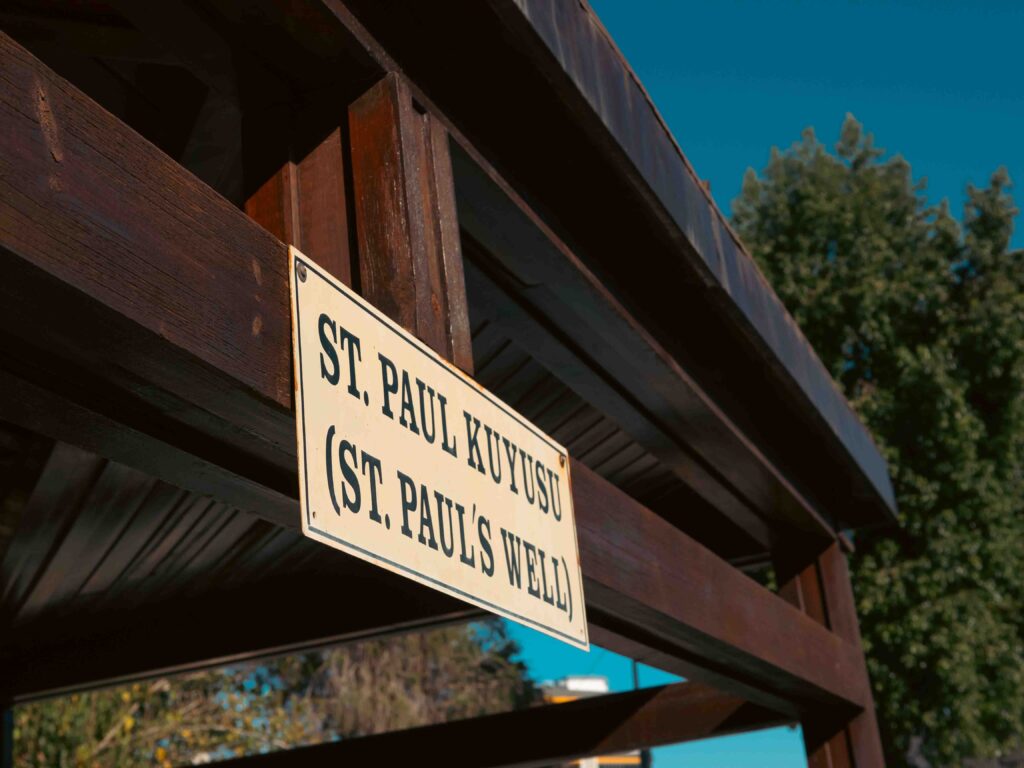
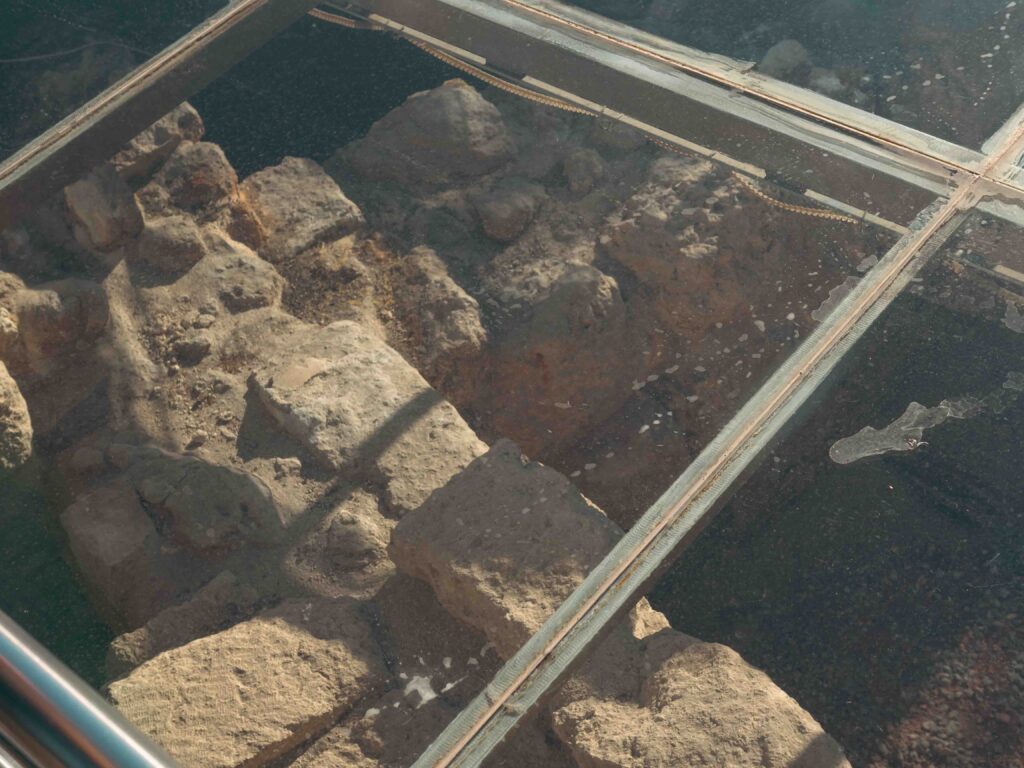
It was essentially a very small enclosed city park, off a side street in the city. It was very quiet, as we were the only tourists there on this day in the off-season. I had to wonder how many people who live in modern-day Tarsus would not have asked the same question as that man entering the plane: who is St. Paul? In these past few days here, in this thoroughly Muslim culture, I have felt very privileged to be able to participate in the offering of the Mass in a land where there are now so few Masses offered, given the Christian minority being for the most part stamped out or exiled around a hundred years ago.
After our time in Tarsus, we took the bus into the mountains to the ancient Christian land of Cappadocia. In ancient times, this area was home to the horse culture of the Hittites and the world’s first mounted cavalry. Driving through, it is easy to see why. The grass stubble barely covers the rocky plains and hills, with snowcapped volcanic peaks in the distance, occasionally broken by valleys reminiscent of the badlands of the Dakotas. Mentioned in the Acts of the Apostles among the long list of nationalities that Peter preached to at Pentecost, in Christian times Cappadocia became a favorite haunt of hermits. The Cappadocian fathers of the fourth century were very influential in the Christological debates of the early centuries of the Church. St. Basil also established the first Catholic hospital here.
What Cappadocia is most notable for today is the underground cities that were constructed. Early Christians expanded ancient underground dwellings, dating back to perhaps 10,000 B.C. during times of Roman persecution.
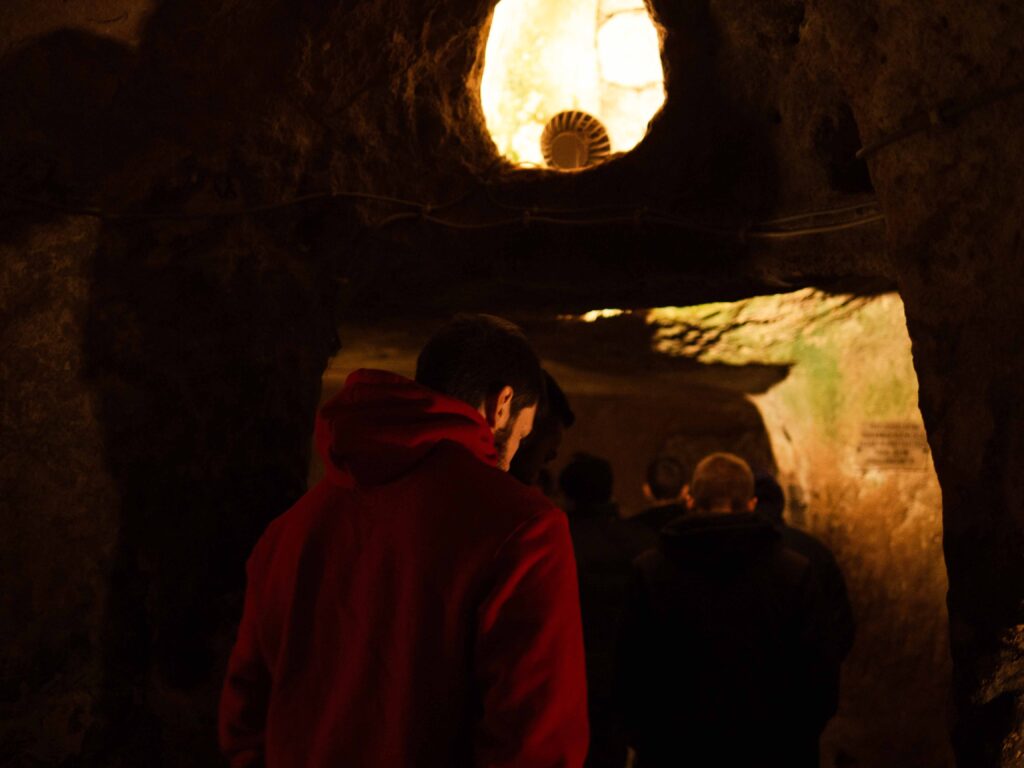
The Byzantines also expanded these cities to protect against the threat of Arab invasion after the rise of Islam. We visited Oznak, one of the smaller ones, which contains seven levels carved out over a couple of centuries. This city was capable of supporting a village of 500 people for three months with their livestock without having to come above ground. Only the first level would have been used in daily life. As this is the hometown of our guide, he told us of playing in the tunnels and chambers as a child. This is one of the smaller cities the 24 in the region. The largest was capable of supporting 30,000 people for the same three-month time period and is connected with another settlement via a perfectly straight, 5-kilometer-long tunnel 400 feet under the ground. Such time staking construction with hammer and chisel, only to prepare for invasion, defies the imagination. Ancient churches were also part of these settlements, some of which retain remnants of frescoes and mosaics.
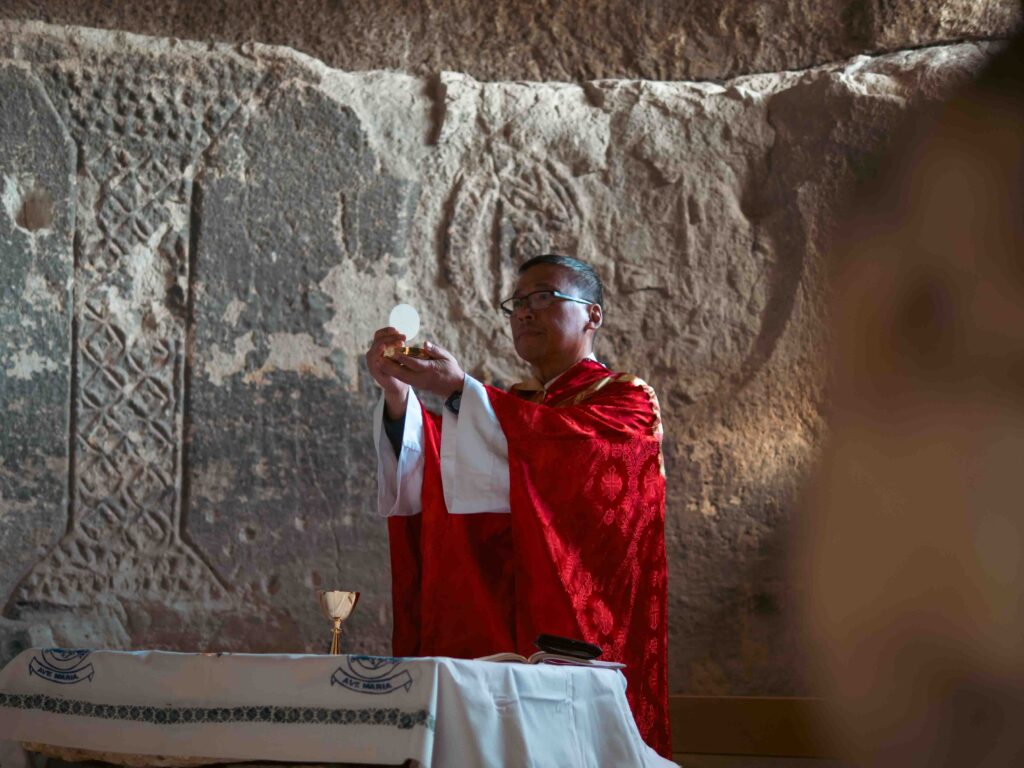
We had the great privilege of celebrating Mass in one of these old stone churches carved into a hillside dating to the fourth century. This was a very special experience, to celebrate Mass in a chapel carved out by Christians fresh with the joy of freedom from persecution. Today, there is no sign to mark it, and our guide got lost trying to find it. But still, it is there as a sacred place, tucked away into this hillside.
We also visited the village of Zelve, carved entirely out of the “fairy chimney” rock formations, which also contained two chapels. Such a scene seems worthy of its own Star Wars planet. It was certainly a unique cultural experience. Until next time, Happy Thanksgiving!
-Joseph Mick, Diocese of Wichita

